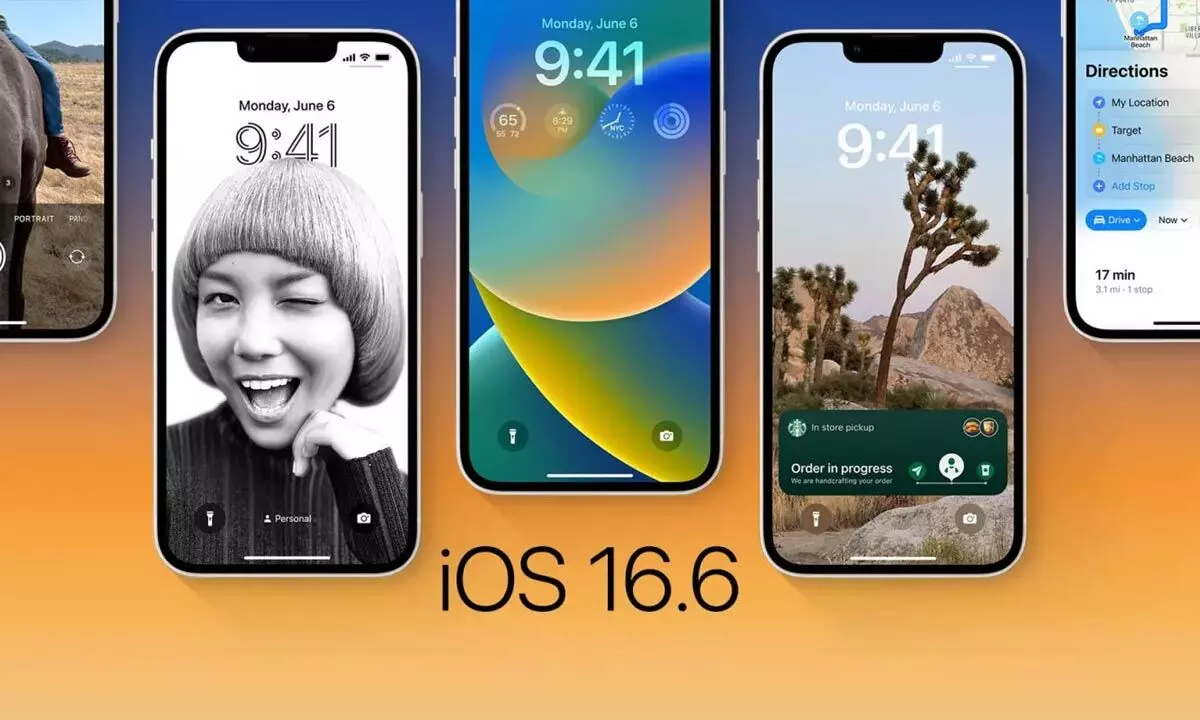Apple releases iOS 16.6 for iPhone users; How to install and other details

Apple has released iOS 16.6, along with updates for other devices. The update includes bug fixes and security updates. iOS 17 will no longer support older iPhone models.
Apple officially released iOS 16.6 for all iPhone users and corresponding updates for other devices. The latest version of the software features "important bug fixes and security updates," as stated in the release notes.
All users can now access new software updates starting today. Updates to iPadOS 16.6, tvOS 16.6, watchOS 9.6, and macOS 13.5 are also available and share the same release notes. Also, a separate update for HomePod brings "performance and stability improvements."
iOS 16.6 has been in developer and public beta phase since May, and Apple recently released the first version of iOS 16.6 release candidate.
This particular version does not introduce new user features and is expected to be one of the final updates to iOS 16 before the transition to focus solely on security updates. However, there is an exception with adding Hebrew language support for Apple TV and HomePod.
For users who prefer to delay updating to iOS 16, iOS 15 is still an option and has made its way to version 15.7.X.
Here is a step-by-step guide on how to update your iPhone to iOS 16.6:
- Unlock your phone and go to Settings > General > Software Update.
- Here you will see iOS 16.6 if it is available for your device
- Touch Download and Install.
- Then follow the instructions on the screen to complete the update.
- After the update, your iPhone will automatically reboot, and you will run iOS 16.6.
Looking ahead, iOS 17, scheduled to be released in September, will bring new features. However, it will no longer be compatible with iPhone X, 8, and 8 Plus. Therefore, iOS 16 marks the end of updates for those specific models. However, Apple will continue to provide security updates for older versions of iOS on supported hardware for several years.

















